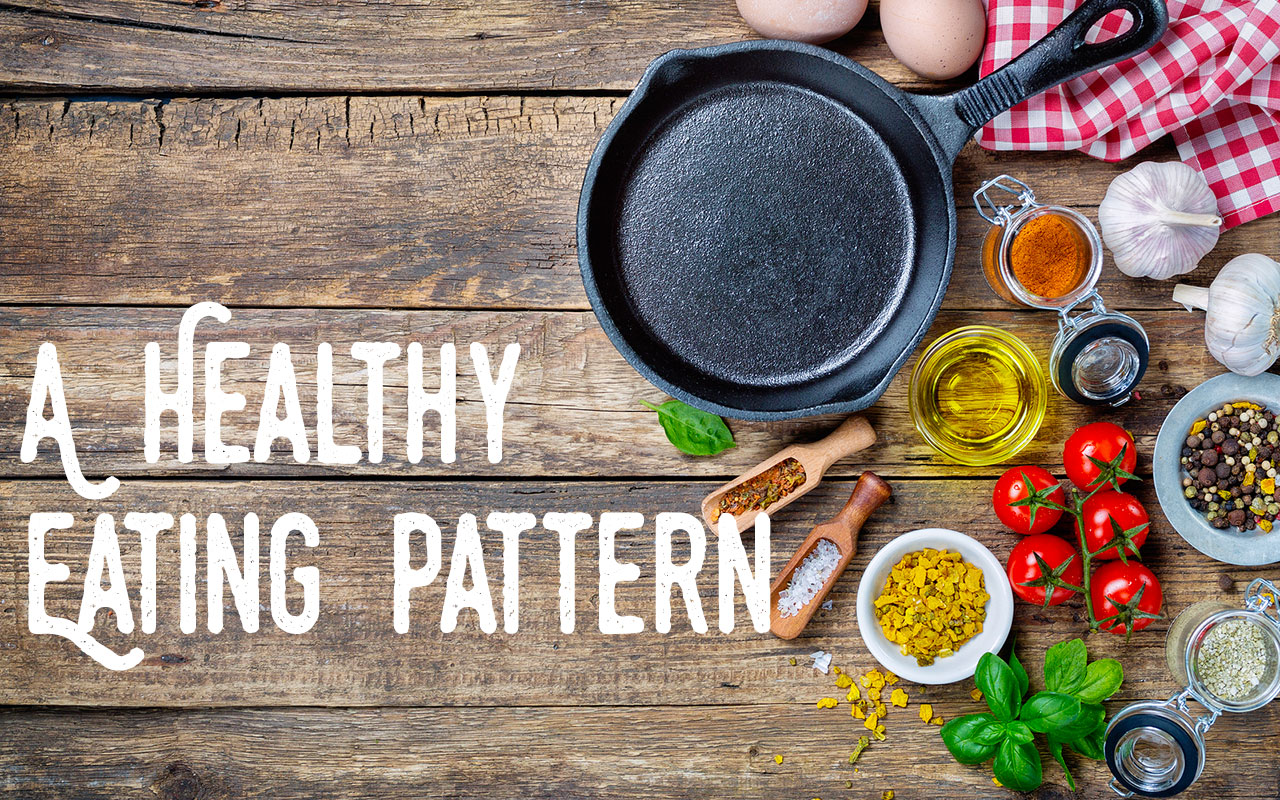The updated Dietary Guidelines for Americans 2015-2020 states that about half of all American adults have one or more preventable chronic diseases and many are related to poor quality eating patterns and physical inactivity. These include cardiovascular disease, high blood pressure, type 2 diabetes, some cancers and poor bone health. Additionally more than two-thirds of adults and nearly one-third of children and youth are overweight or obese.
Many eating and physical inactivity patterns result from habits we have unwittingly developed. Habits are patterns of behavior repeated until they become routine and we give no conscious thought of doing them. They are often dictated by schedules and how we live today. Habits become a part of our lifestyle.
The good news is we can live healthier lifestyles by making healthier food and physical activity choices. No doubt, habits can be hard to break! But, as Christians, we do not have to do it on our own. Our best first step is to take it to the Lord in prayer and ask Him to help us develop healthier habits and live healthier lifestyles.
The Lord is our Helper, and when we earnestly ask Him to help us, He will. Rom. 12:2 says, “And do not be conformed to this world, but be transformed by the renewing of your mind, that you may prove what the will of God is, that which is good and acceptable and perfect.” We need to think about how we take care of our bodies.
The dietary guidelines recommend a healthy eating pattern, which includes:
• A variety of vegetables from all of the subgroups of vegetables, including dark green, red and orange, legumes (beans and peas), starchy and other
• Fruits, especially whole fruits
• Grains, at least half of which are whole grains
• Fat-free or low-fat dairy, including milk, yogurt, cheese and/or fortified soy beverages
• A variety of protein foods, including seafood, lean meats and poultry, eggs, legumes, (beans and peas), and nuts, seeds and soy products
• Oils
The guidelines also recommend a healthy eating pattern limits saturated fats and trans fats, added sugars and sodium.
Taking one step at a time is a great approach to healthier living. Here are some thoughts:
• Be mindful of what, when, why, where and how you eat. Are you physically hungry or eating for another reason like food is there, someone else is eating, you are bored or stressed? Be intentional and select foods that promote health.
• Start the day with a healthy, but simple breakfast, including foods from the food groups. A toasted whole wheat English muffin spread with peanut butter, a banana and glass of skim or low-fat milk includes a whole grain, protein, whole fruit and dairy.
• Take time to plan. Stock the kitchen with healthful foods eaten at home or carried to work. Plan ahead for meals eaten out so you can think about healthful choices before ordering.
•Make active choices throughout the day and do it your way! Little bits of activity add up. Take walk breaks instead of coffee breaks. Plan activities with family like walks, bike rides and gardening. Make it fun! Be intentional about activity just like with eating.




